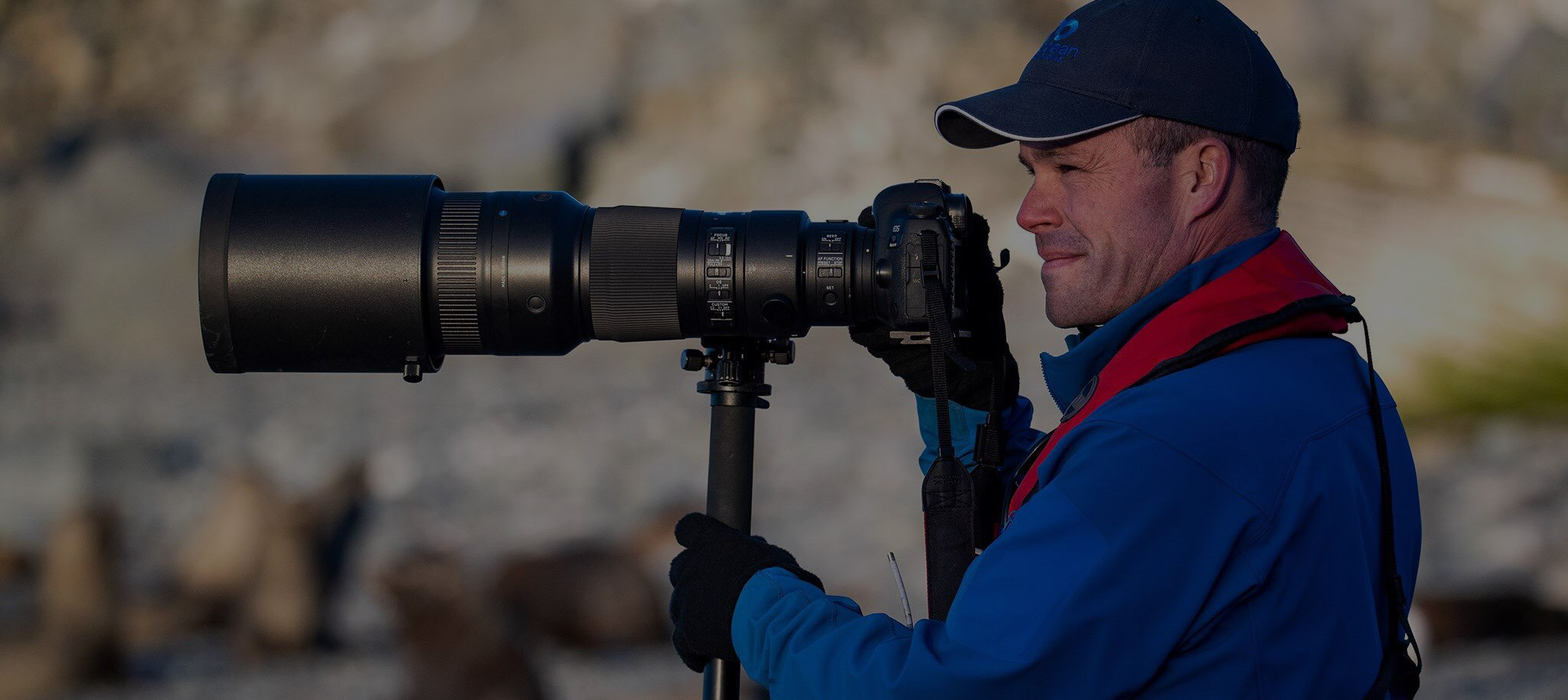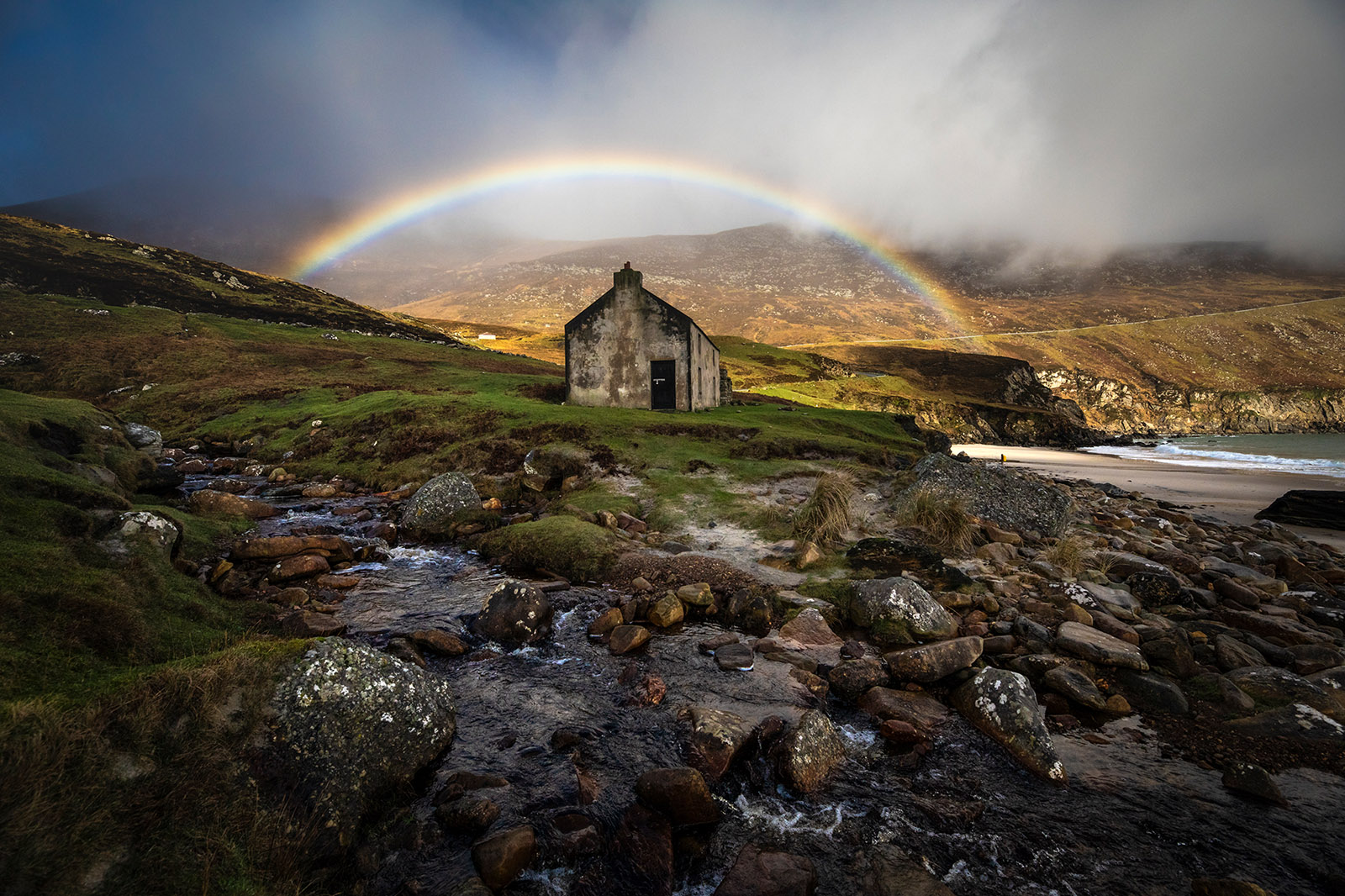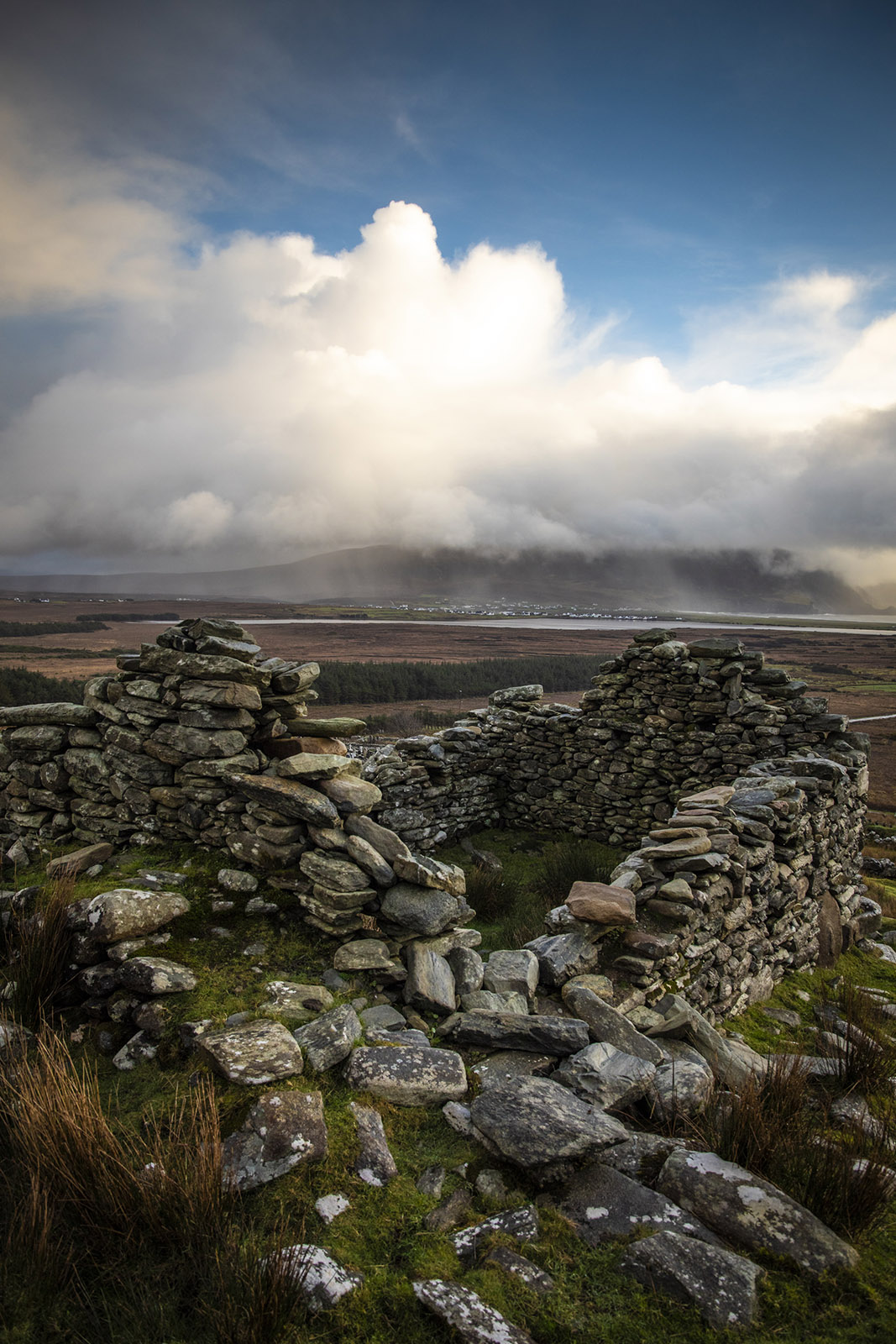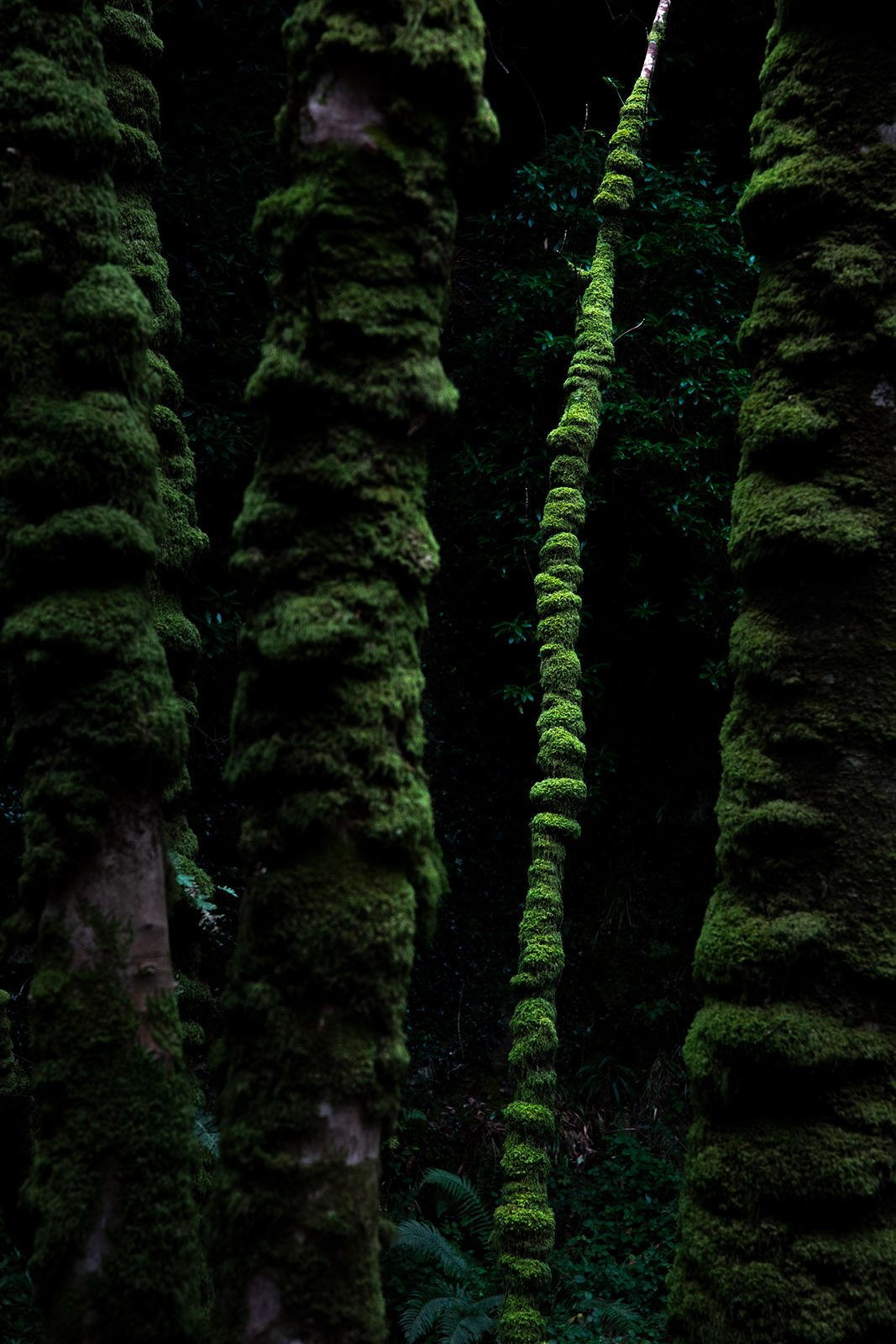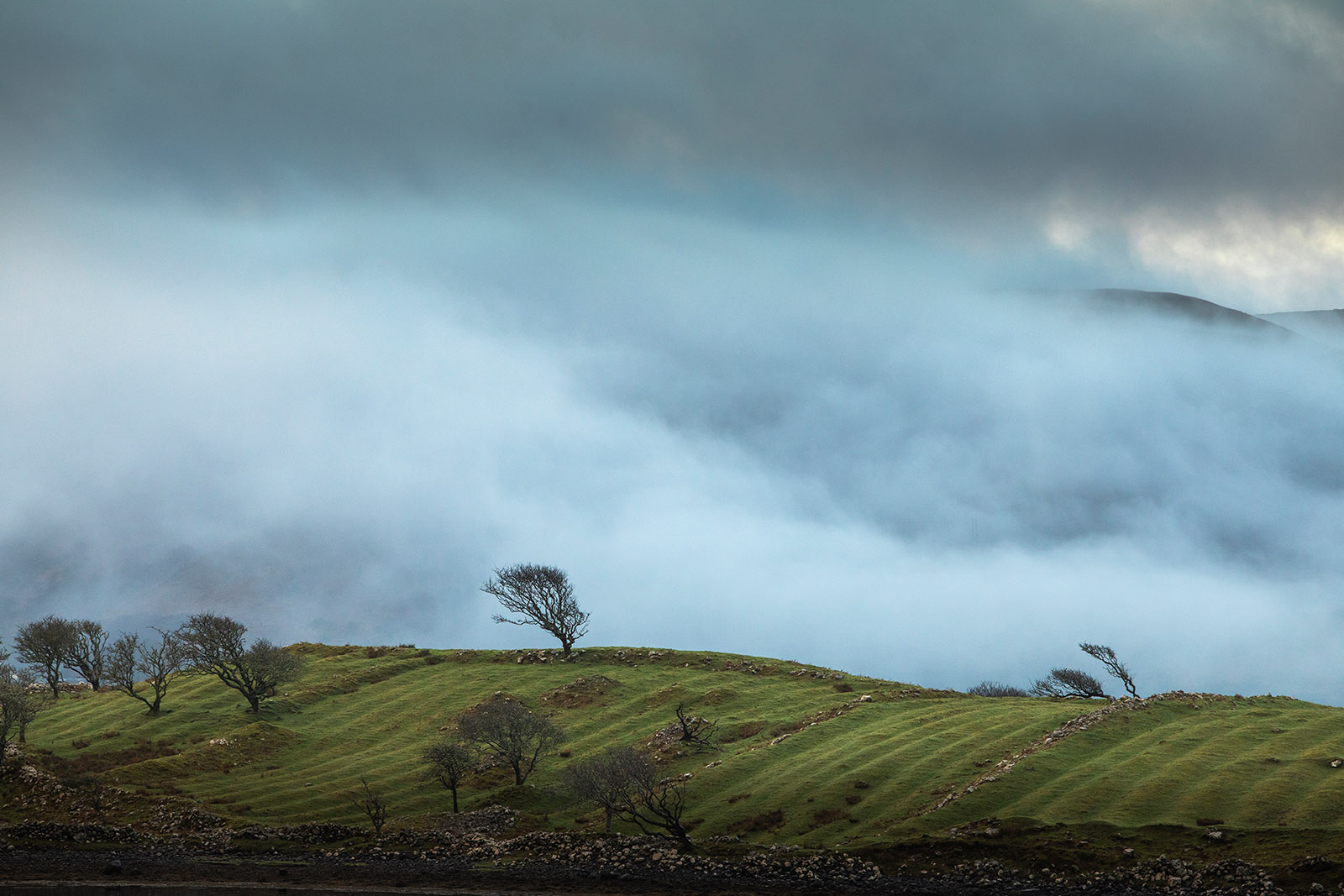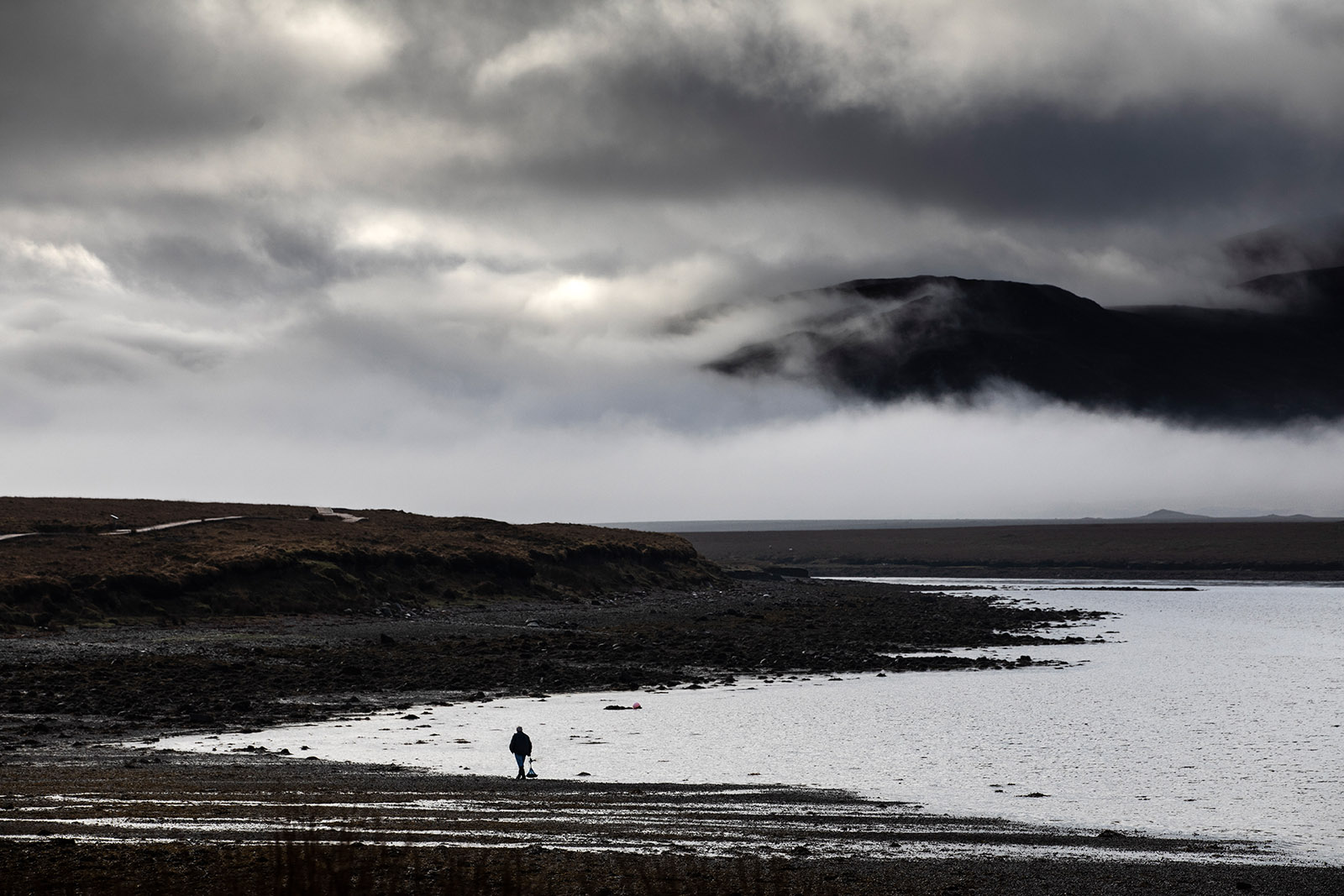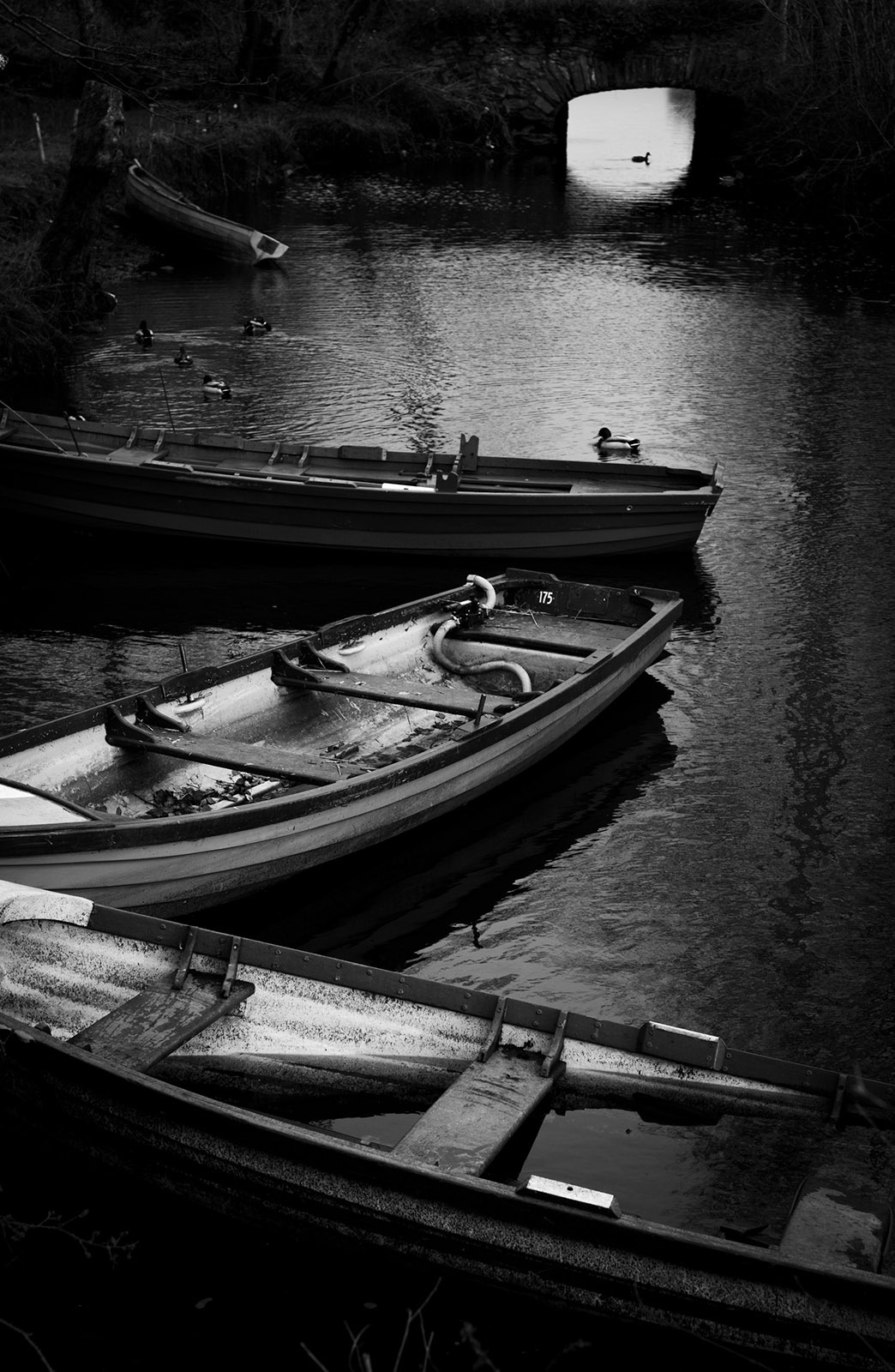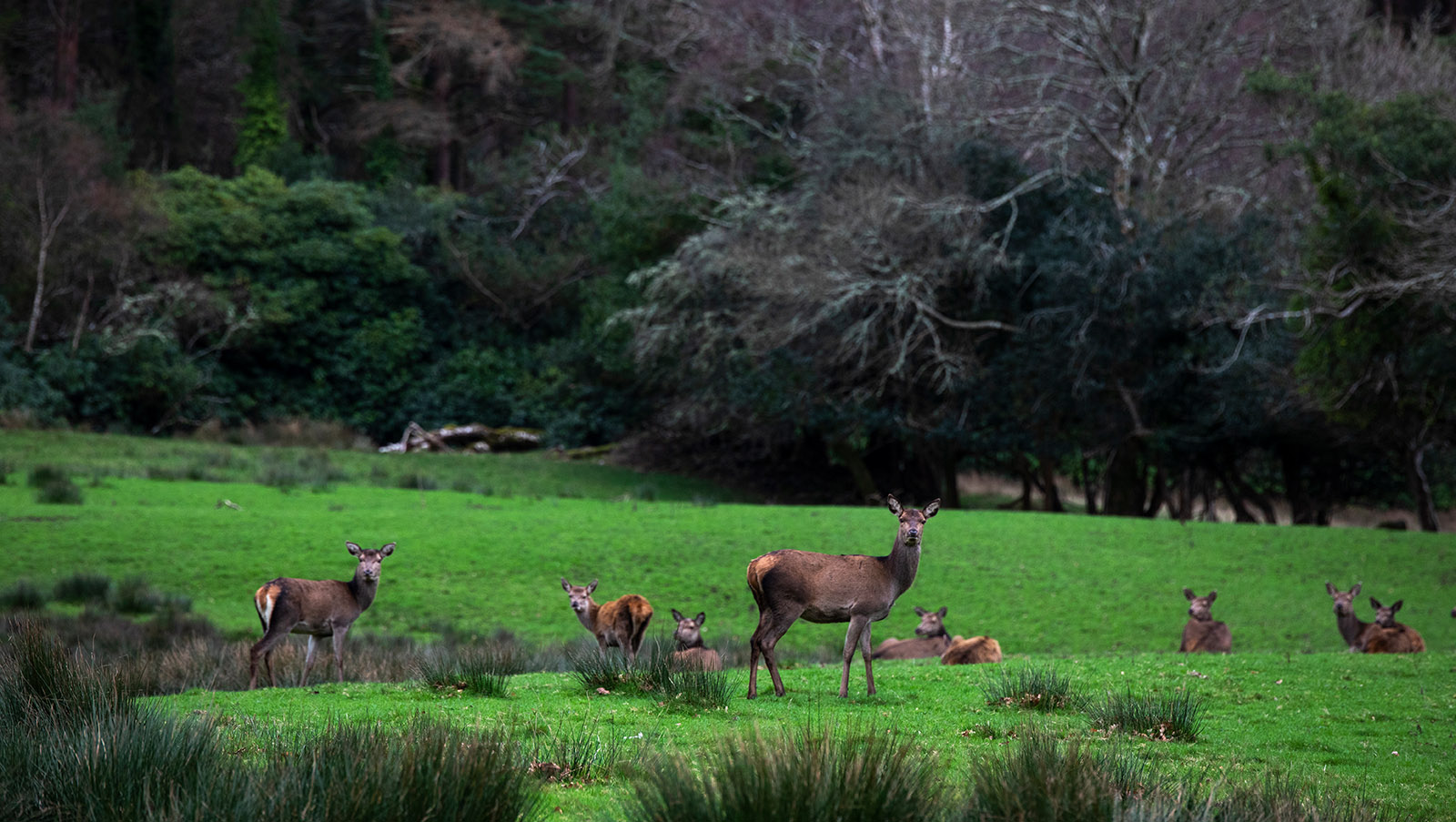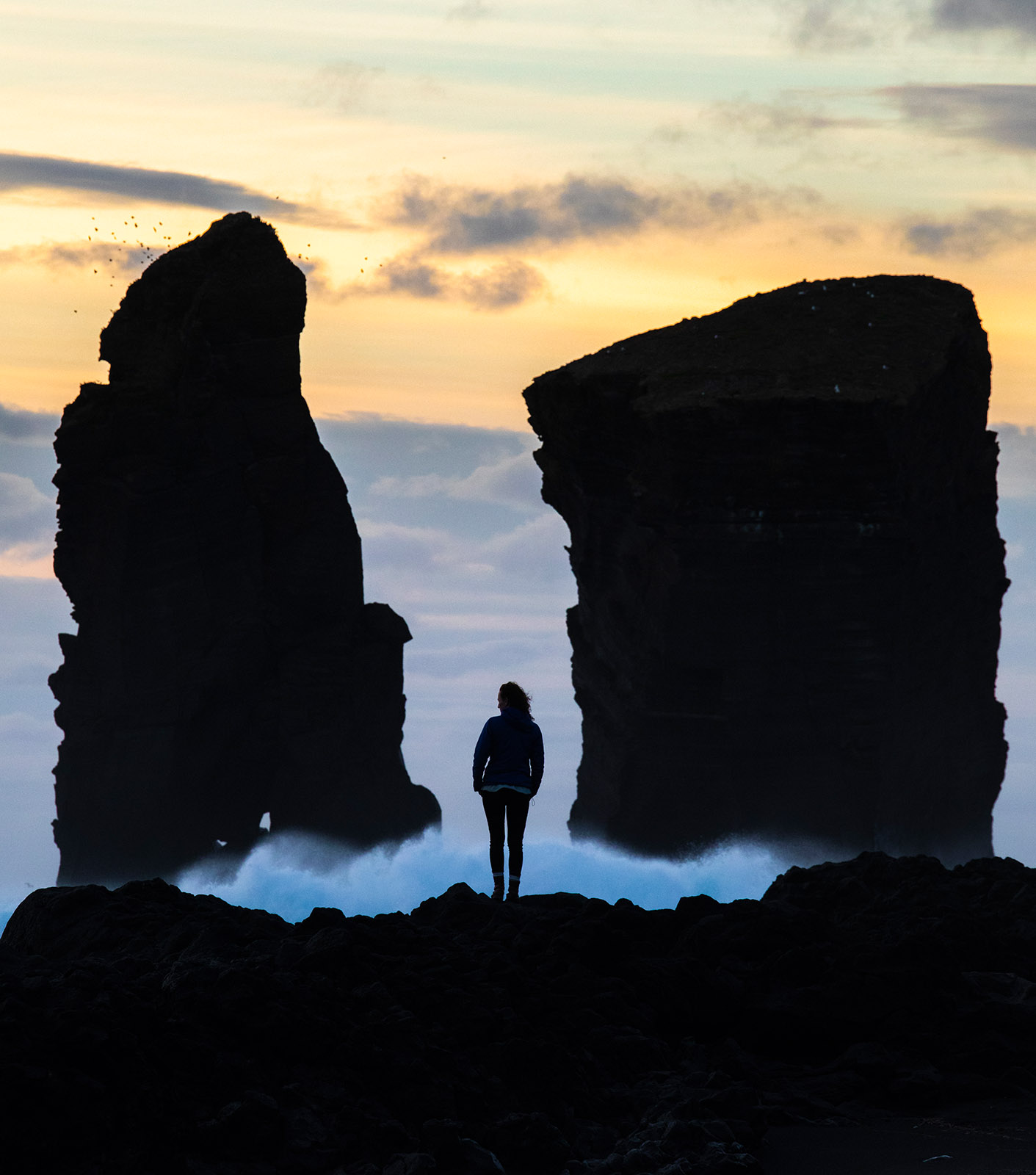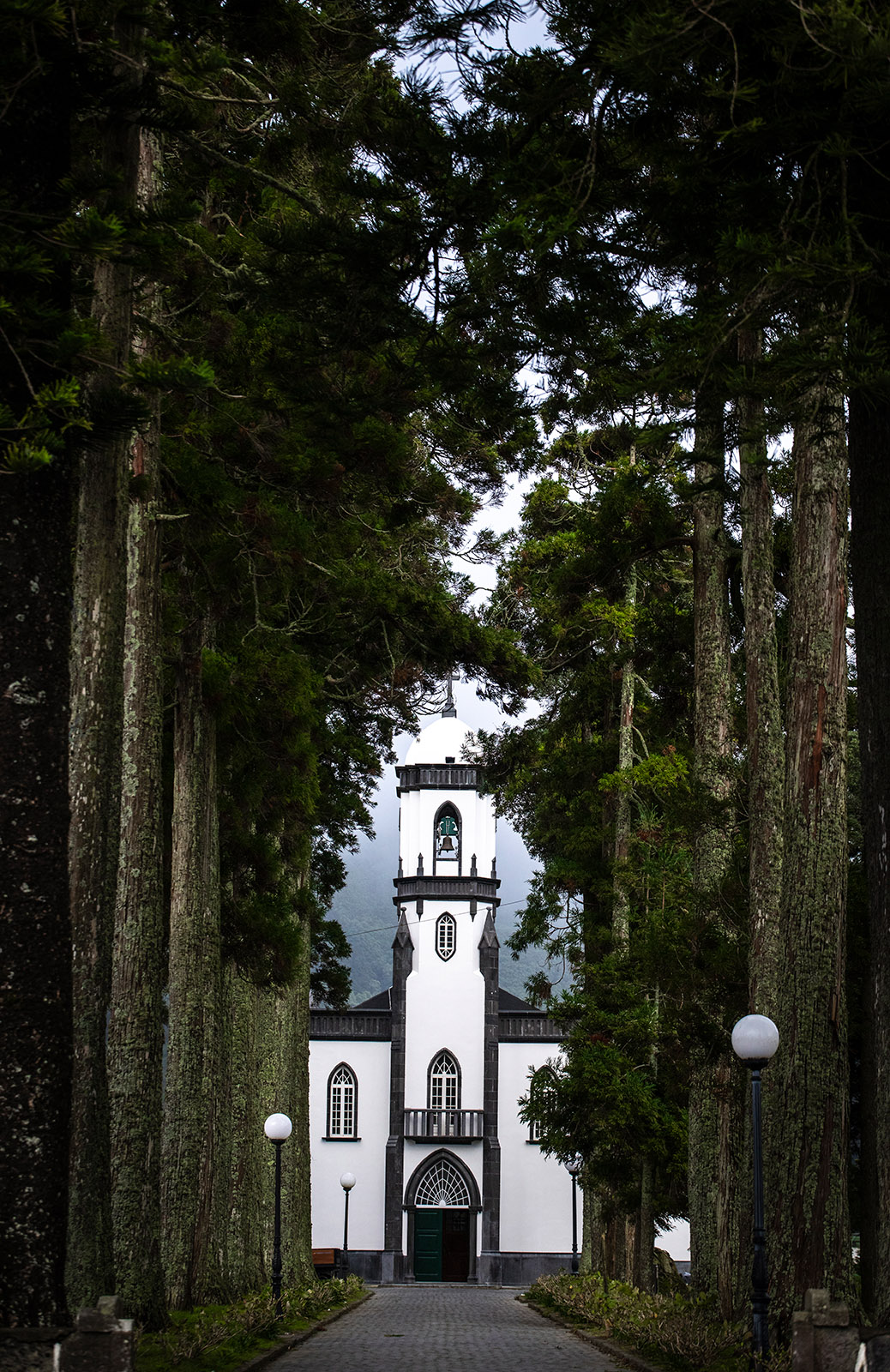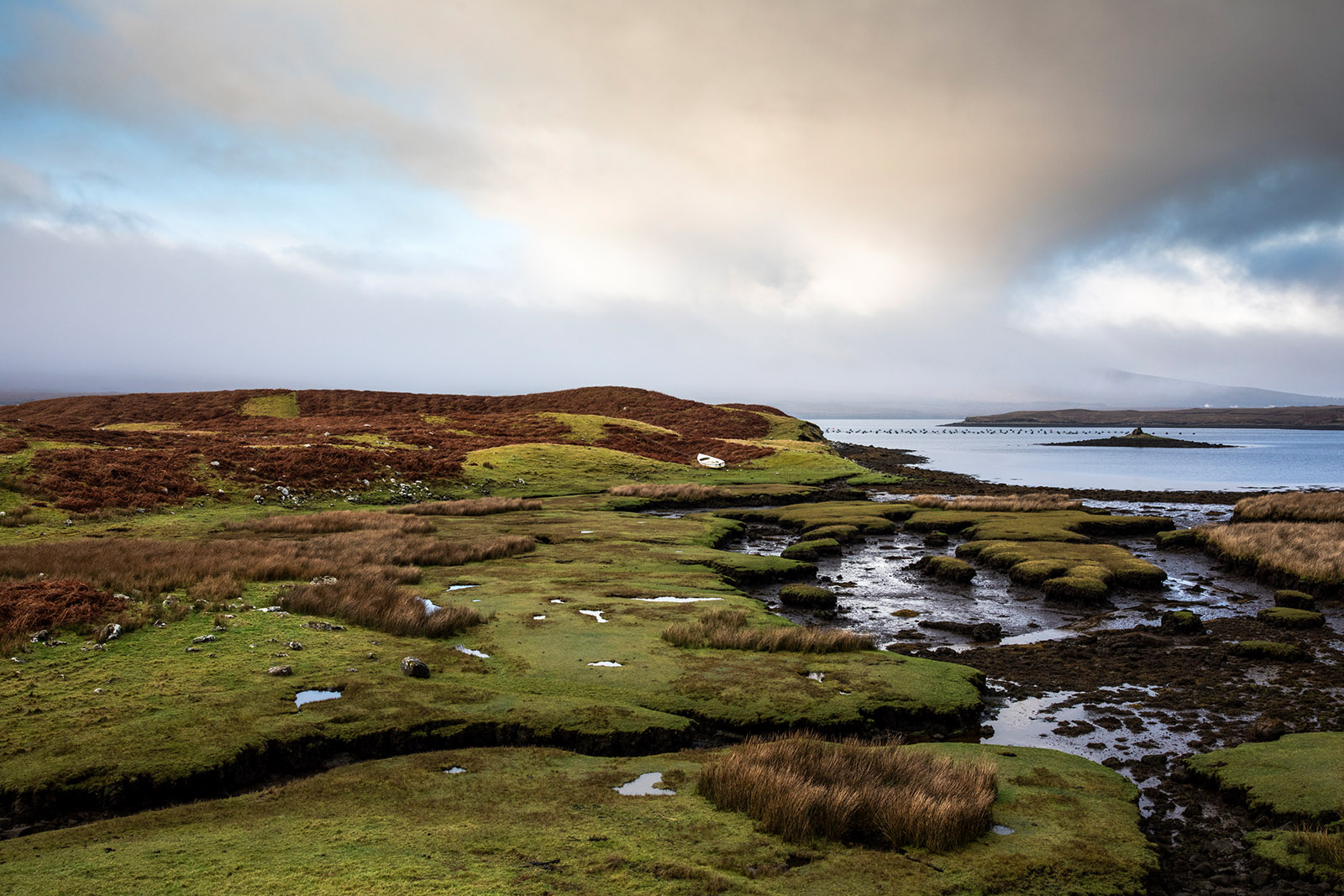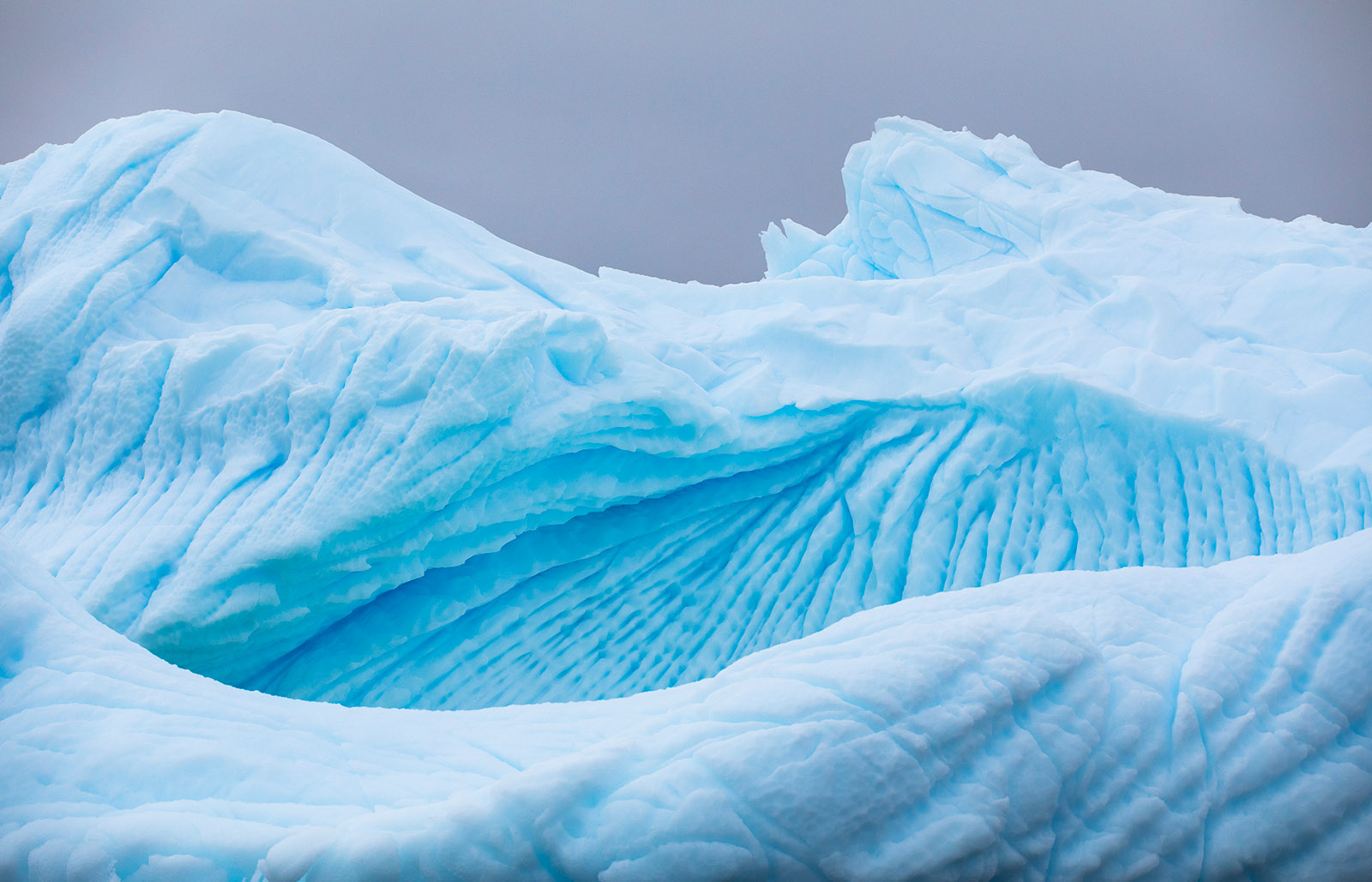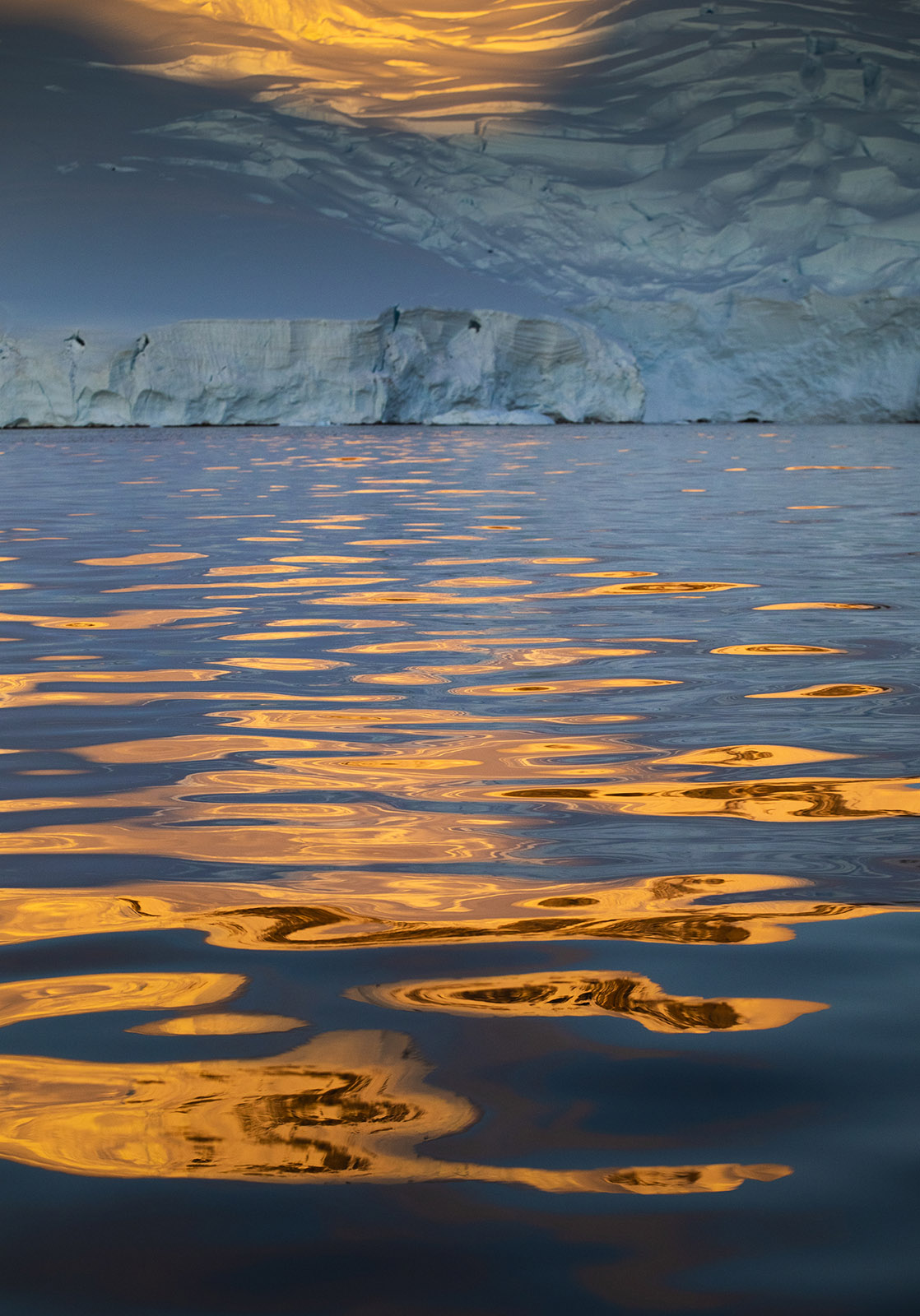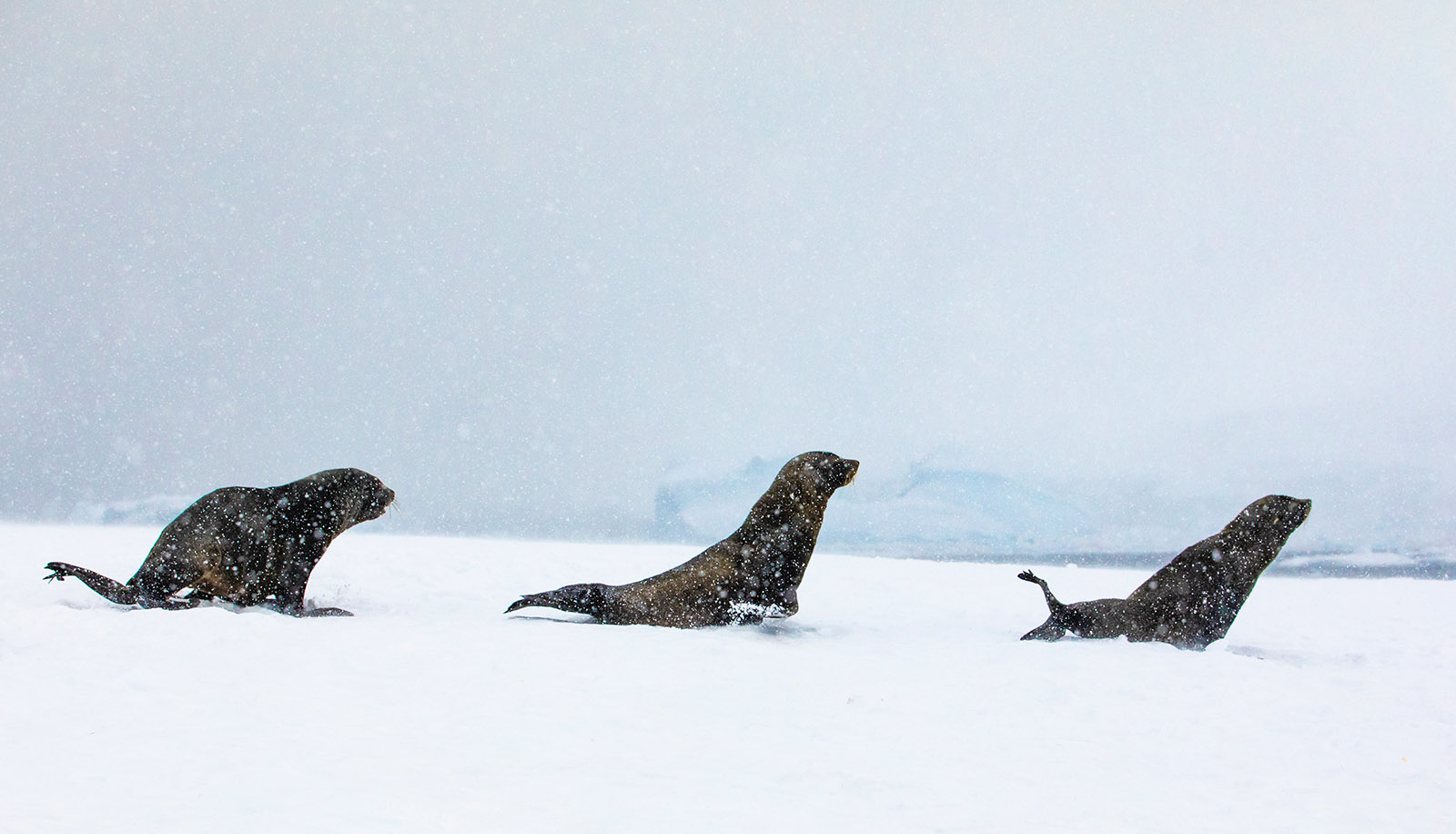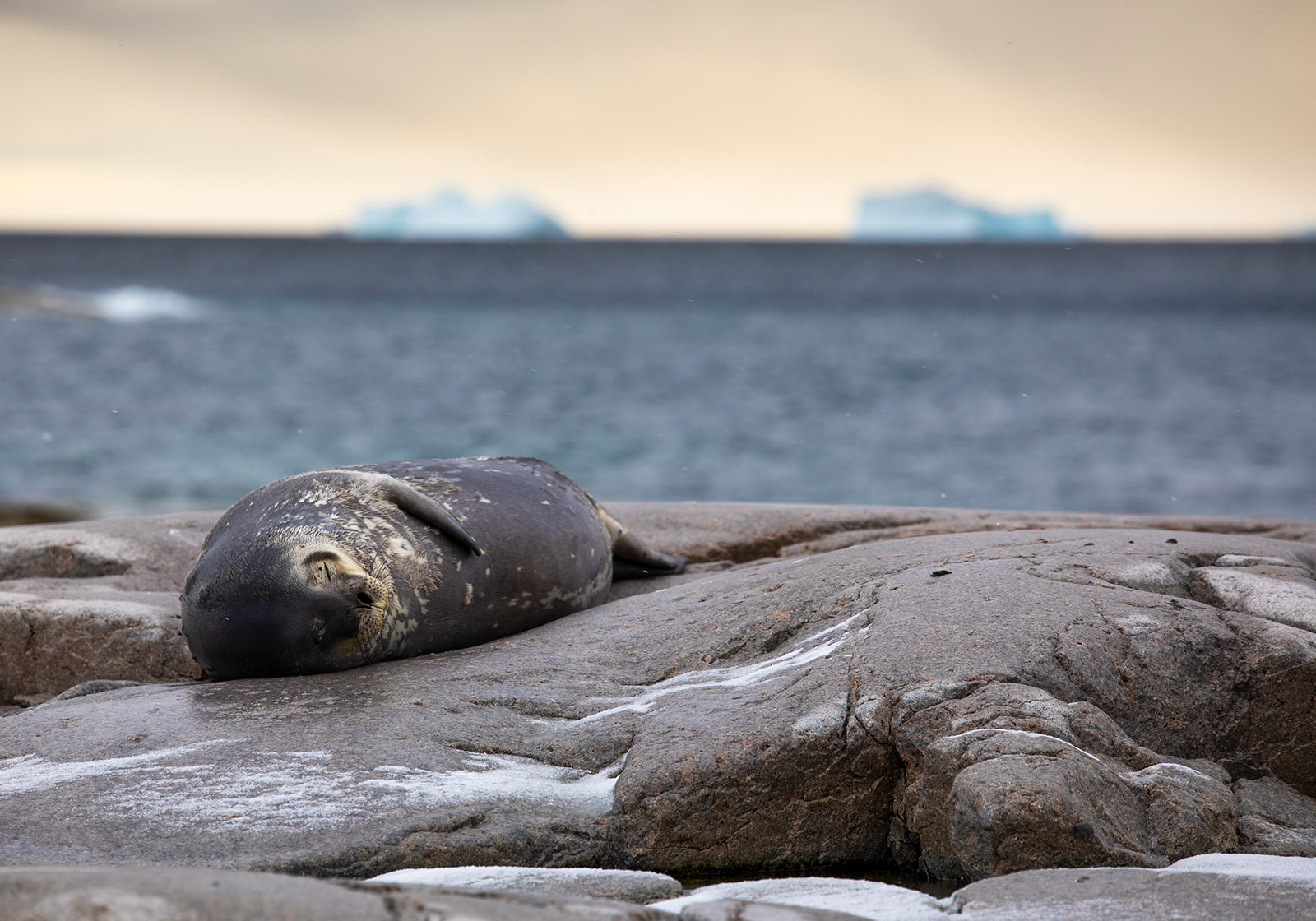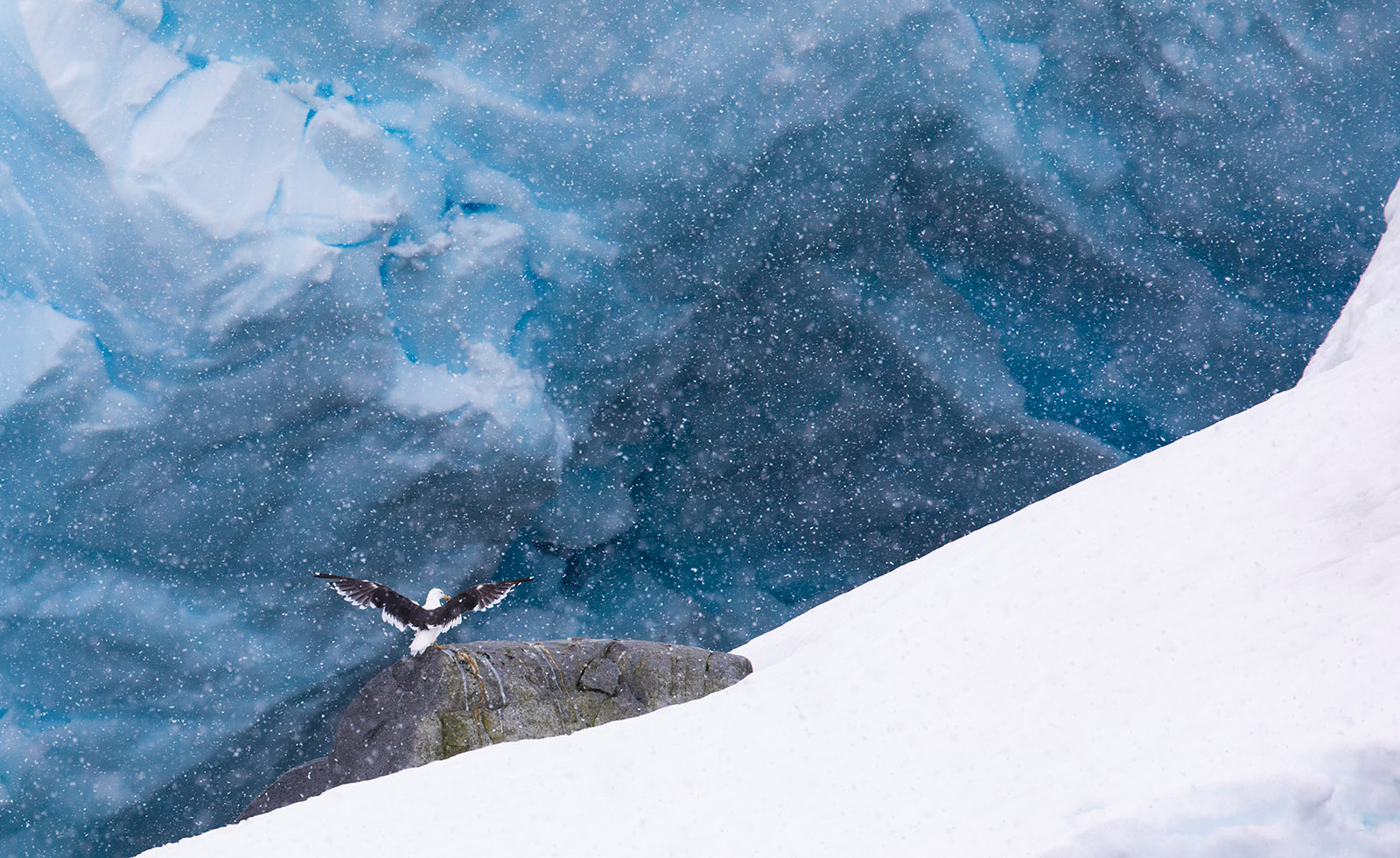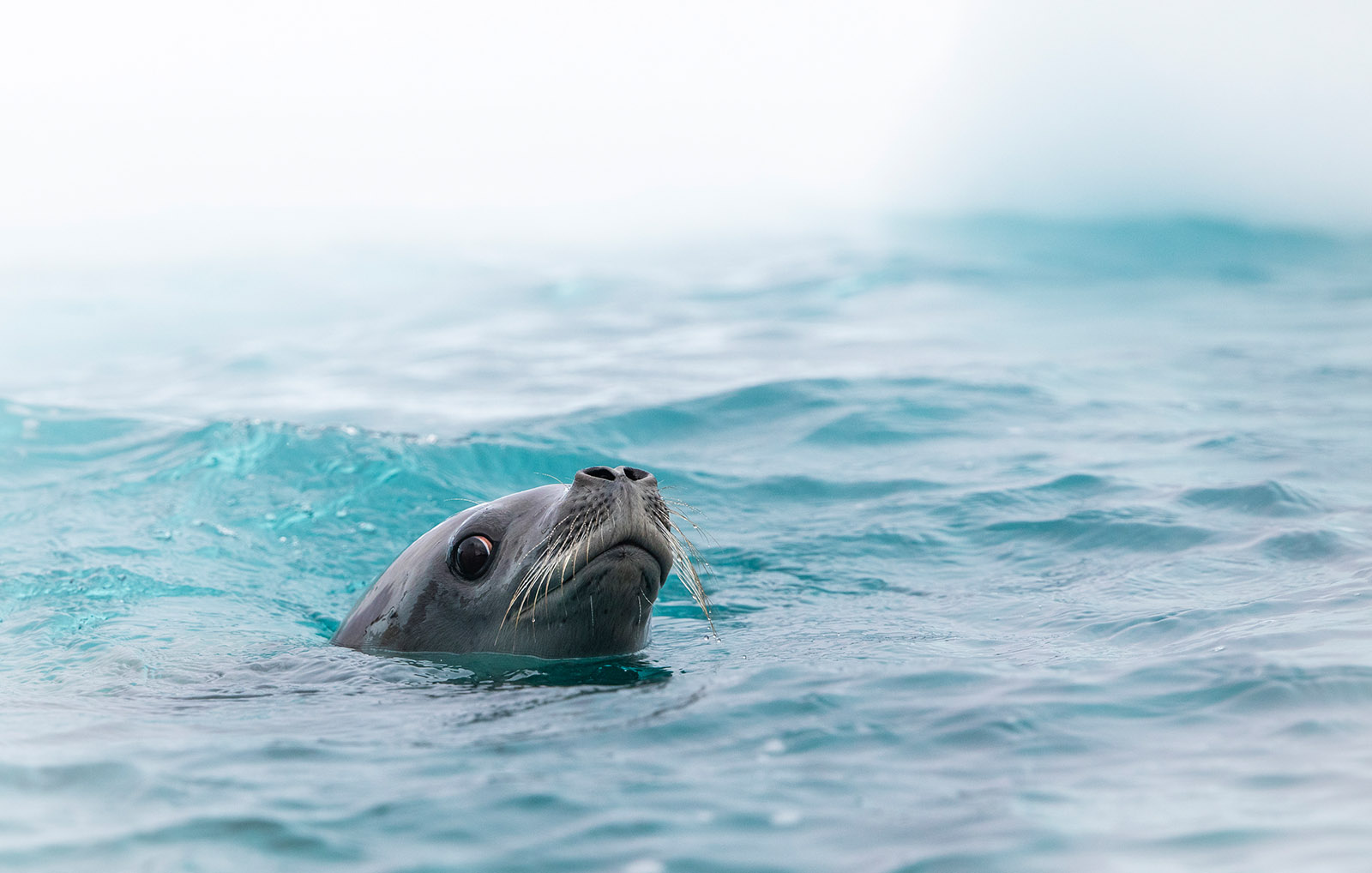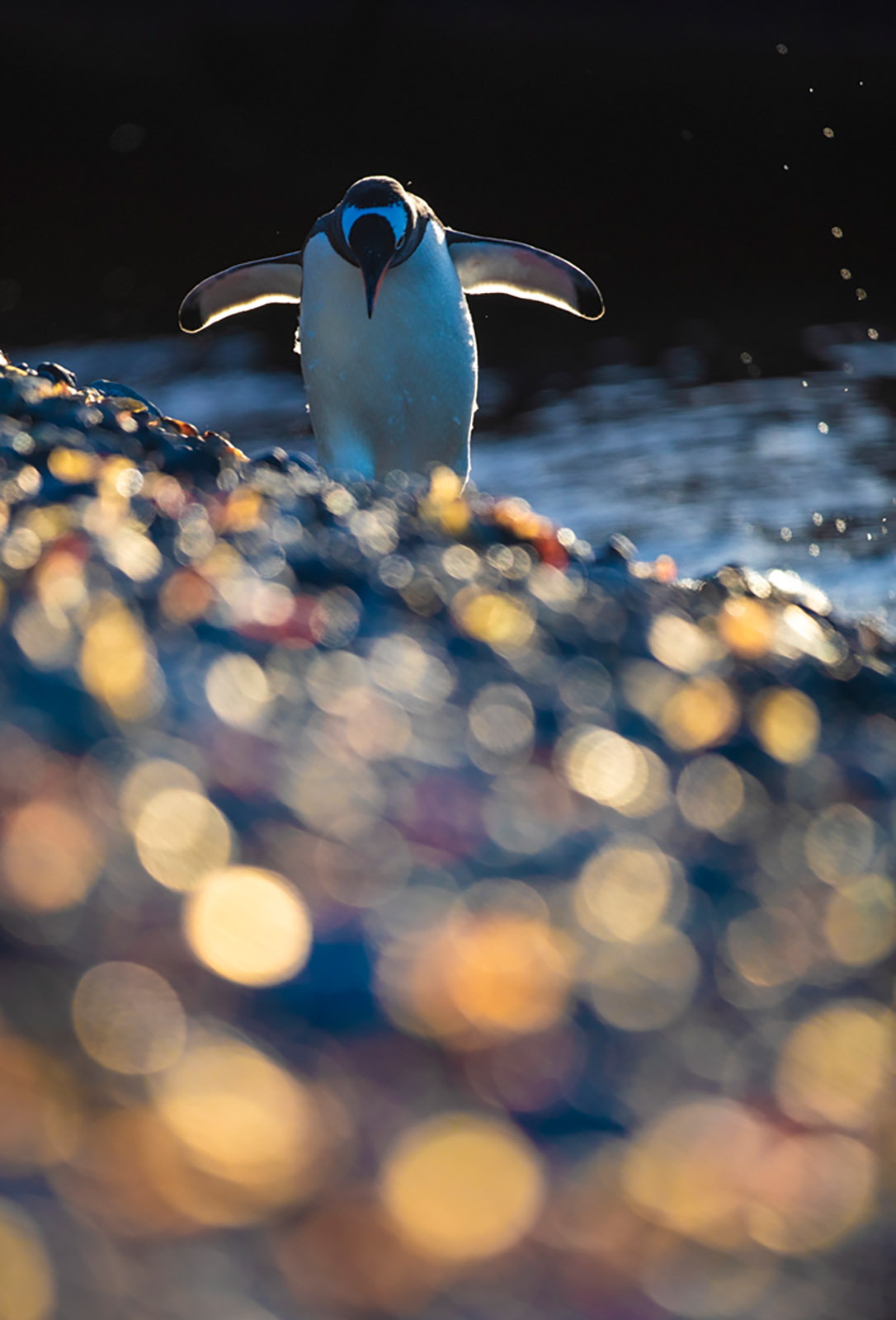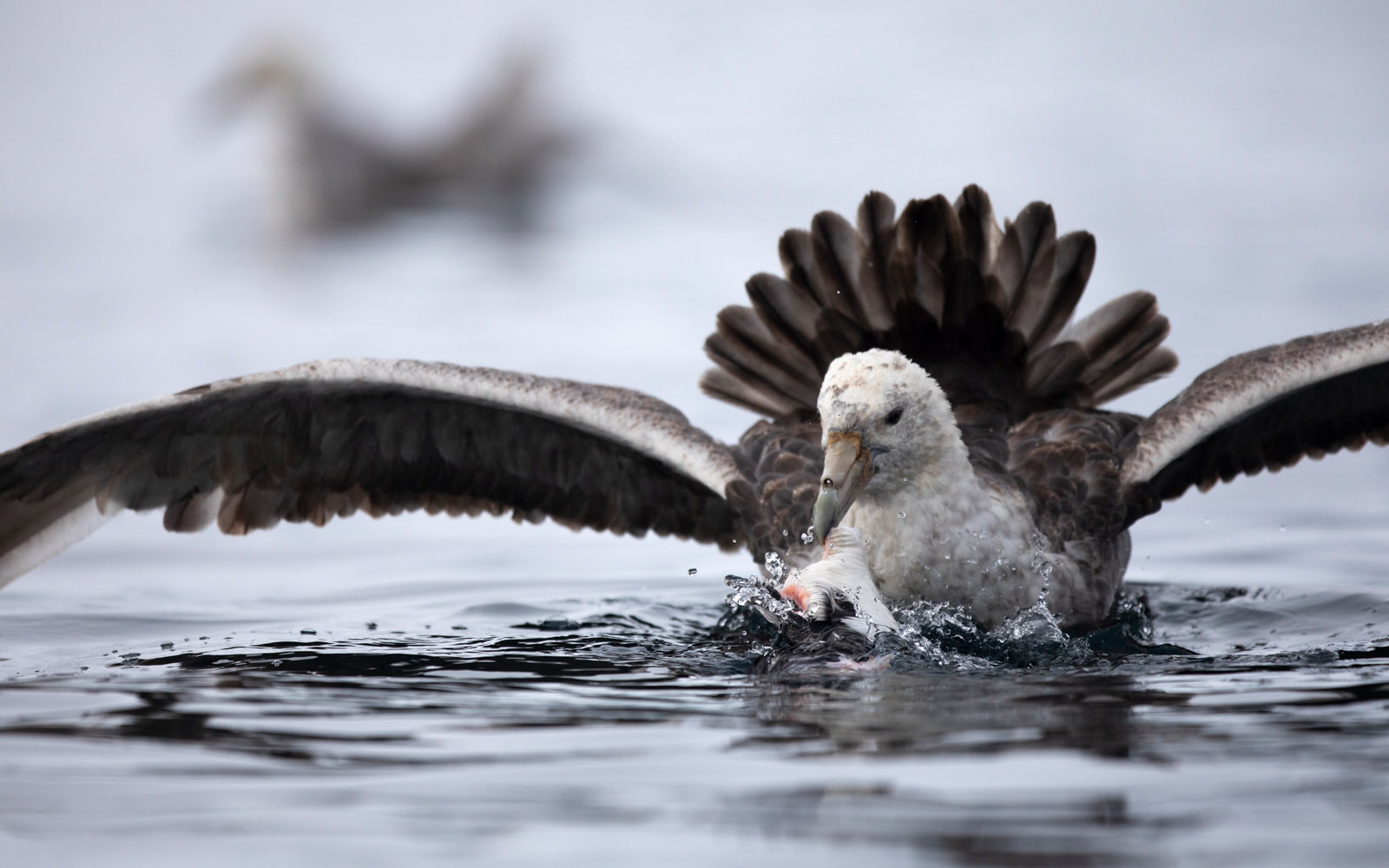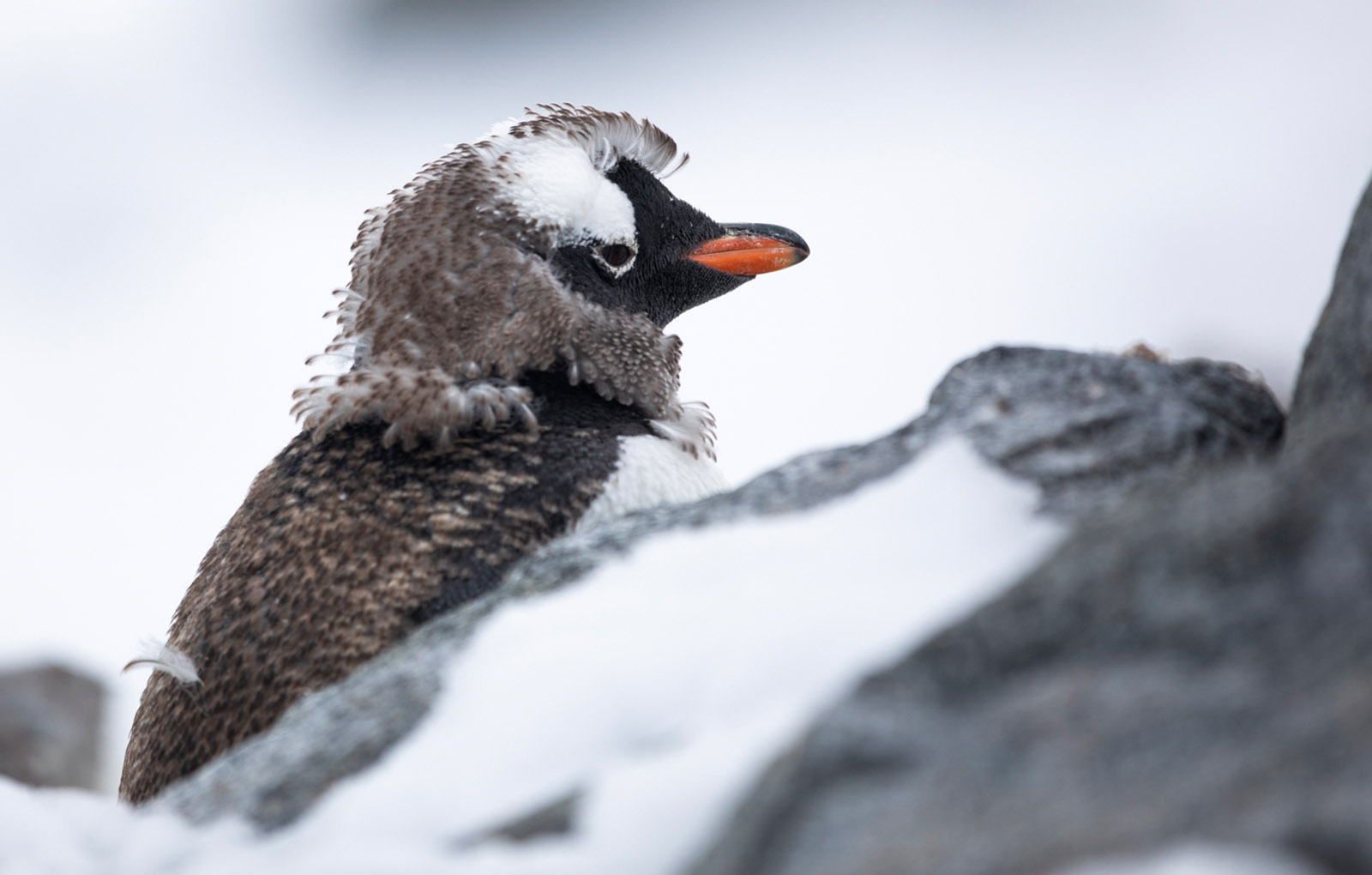We’ve just hit May and so far Dave Brosha’s passport has collected seven new stamps in 2019. From a family road trip through the western coast of Europe to teaching on an Antarctic expedition vessel, we found a few minutes in Dave’s hectic schedule to get some insights on the gear in his bag (including the new Sigma 70-200mm Sports), balancing family and photography, and what it’s like to return to the same destination and come back with new images.
SIGMA: Tell us about your decision to travel through Europe? Where did you go and how did you select the places you did?
Dave Brosha: Going away on an extended “working” family vacation is something we’ve wanted to do for years. Just travel as a family and explore and learn and experience different cultures, together. I grew up in a family that loved travel and travel has always been in my blood and this was important to both me and my wife – taking the time to do it with our own children. About a year ago we finally committed to just going ahead and doing it and making the pieces of the puzzle fall into place: talking to our children’s teachers at school about them leaving for two months (we home schooled en route), saving the money, and taking the time out of a busy teaching and client schedule to actually be able to make it all work. We tossed out so many different ideas of different places we wanted to visit, but ultimately decided upon Ireland, Spain, and Portugal (including the Azores). We felt these three offered a beautiful mix of family history (we both have strong Irish roots), “new and unknown” (none of us speak Spanish or Portuguese) and mix of climates (cool and wetter in Ireland, a dash of winter sun in Spain and Portugal. In the end we were very happy with our choices!
SIGMA: How do you balance your ‘work’ with family time on a trip like this? Great light is available at the most inconvenient times.
DB: I went on this trip primarily as a family trip, and often that meant making the hard decision to just leave the camera behind and really enjoy my family time. But to balance that, I would often go out in the early mornings to “scout” out where I wanted to explore with my family, and that would become my dedicated photography time, and where so much of the creative magic of the trip happened. That said, though, I also made my family an active part of my photography as well, and worked on a series of “timeless” portraits of my children and wife that I wanted to look independent of the decade we’re currently living in. It was a really great challenge, and I was very happy with the series.
PS – I’m human: when the light exploded, my “hidden” camera magically appeared! Can’t keep a photographer away from magic light…it’s just not possible!
SIGMA: What was in your kit for this leg of the trip?
DB: My go-to lenses for these two months were the Sigma Sport 70-200 f/2.8, the Sigma Art 24-70 f/2.8, the Sigma Art 50MM F/1.4, the Sigma Art 35MM F/1.4, and the Sigma Art 14-24 F/2.8.
SIGMA: How did you enjoy the new 70-200mm f/2.8 Sports?
DB: I have been waiting for this lens for such a long time and I am so happy to say it was worth the wait! Immediately it’s become my go-to lens for not only portraiture and many compressed landscapes, but even wildlife. Incredible fast, bright, and quick to auto-focus. The weather sealing was perfect in a place like Ireland and I found I photographed more with this lens during the trip than probably any other in my bag.
SIGMA: Which country did you enjoy most, photographically speaking?
DB: For portraiture, Ireland as it’s where I photographed the bulk of my family series and for landscape/nature, I would have to give my vote to the Azores (a series of islands in the Atlantic that belong to Portgual). It’s one of those places where you have a hard time believing it exists on this planet. Dramatic volcano-formed terrain, waterfalls galore, lushness, and a temperate climate. It’s truly incredible. As a bonus, great wine can be found throughout the Azores on a budget.
SIGMA: You wrapped up your Euro trip and did a quick turnaround for Antarctica? What was going on there?
DB: Every year I head down to Antarctica for the better part of a month as photographer-in-residence aboard a One Oceans Expeditions vessel. This year was no different, and I spent the better part of March exploring the Antarctic Peninsula, an area of incredible beauty, pristine wilderness, and unforgettable wildlife encounters.
SIGMA: Tell us about teaching in Antarctica? Is it a delicate balance for teaching and making your own images?
DB: Teaching, for me, is always special. I was lucky enough to have someone tell me years and years ago that the best way to learn, is to teach, and I’ve been so fortunate in my career to be able to learn from students around the world. Having the chance to share my knowledge in a “school” like Antarctica is really beyond words. You get so many different experience levels on these trips with you, and so many different areas of interest and focus. My real goal is to just get people to appreciate all that’s around them and if you have that appreciation, the photographs will come easy. As for balance, I find it pretty easy. A lot of the dedicated teaching time is on the ship when you’re sailing from place to place (including a couple days each way across the notorious and always-exciting Drake Passage). When you actually hit land including penguin colonies, historic research stations, and whale-watching, people usually want to dive into the experience so that often frees me up to create my own images and document the trip. It’s a beautiful balance.
SIGMA: You were able to pack the 500mm Sports on this trip. Last year, you took the 150-600mm Sports. Which would you take on the next trip?
DB: Good question! To be honest, both are fantastic lenses. The 150-600 is an incredibly versatile lens and I found I shot most of my first two years in Antarctica on that lens. This year, I had the opportunity to take the incredible 500mm. I’m not going to lie – probably the nicest lens I’ve ever shot with. I felt like I was “right there” with the wildlife having the 500, with it’s large glass elements and the range. It’s a beautiful lens in every regard.
SIGMA: Was there anything about Antarctica that surprised you on your first trip?
DB: I think when most people think of Antarctica, they think of penguins. It’s what I had on my brain, to be certain–I was so excited to see them for the first time! They didn’t disappoint, of course, and I still love every penguin encounter. They’re awkward and elegant and comical and just have so much personality. However, what really surprised me on that first trip – and I’ve been lucky enough to experience every year since – is some truly one-of-a-kind magical encounters with whales. Humpback and minke whales are found in relative abundance down there and the humpbacks, especially, can be very curious, playful creatures so you often have very close experiences with them. I didn’t know how much these encounters would impact me, but it’s in some ways been life-changing. Nothing gets my heart beating so fast and has made me think harder about our planet and our impact on the planet as staring face to face with a magnificent whale only metres away. It’s breath-taking and poignant.
SIGMA: How do you keep each trip fresh and exciting? Do you try something new on every trip?
DB: I thought long and hard about that before going down for my second year. I wanted to truly do something different and came up with a big list of potential shots that I wanted to try and different techniques. But to be 100% honest that all sort of went out the window once I got down there. Antarctica is a place of unique moments and dramatically different light from day to day to day. I feel like your photography will be different each and every time just from the gifts of light, time, and nature. I’ve now been down to Antarctica on seven sailings and I feel my photography each time has been unique. That’s not to say I don’t have focuses or try for new (i.e shooting primarily in black and white, or trying to shoot exclusively with one specific lens), but I find I’m a photographer whose greatest love is the window of photographic opportunity, and I love focusing on staying present enough to be ready for moments when they happen.
SIGMA: What advice would you give to the photographers (old and young) starting out today that want to follow in your footsteps?
DB: There’s so much advice out there. Listen to it, read the blogs and books, go to the talks, listen to the voices of experience…note what’s being said. Appreciate it, even. But then just go out and shoot. The best learning you can do is shoot and shoot and shoot. Especially if you’re photographing what you love: you will find your voice in what you’re documenting and your passion and heart will eventually shine through. It doesn’t always come easy and sometimes the gains are hard to recognize as they’re happening, but trust in the fact that you are getting better. Shoot what you love, and focus on that. Ignore social media and what people “tell” you to shoot. Just shoot your heart.
Dave Brosha is a Sigma Pro Photographer and educator living on Canada’s east-coast. See more of Dave’s work at www.davebrosha.com or follow his adventures on Facebook (fb.com/davebroshaphotography) and Instagram (@davebrosha).
Header image courtesy of Robert Gravel.


